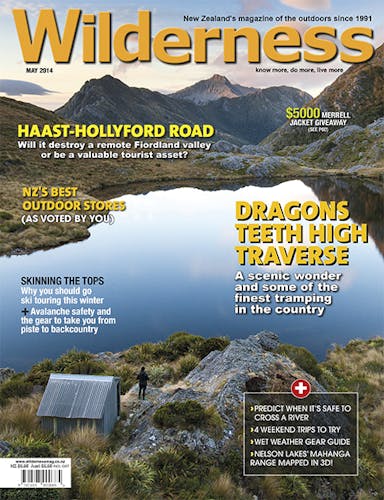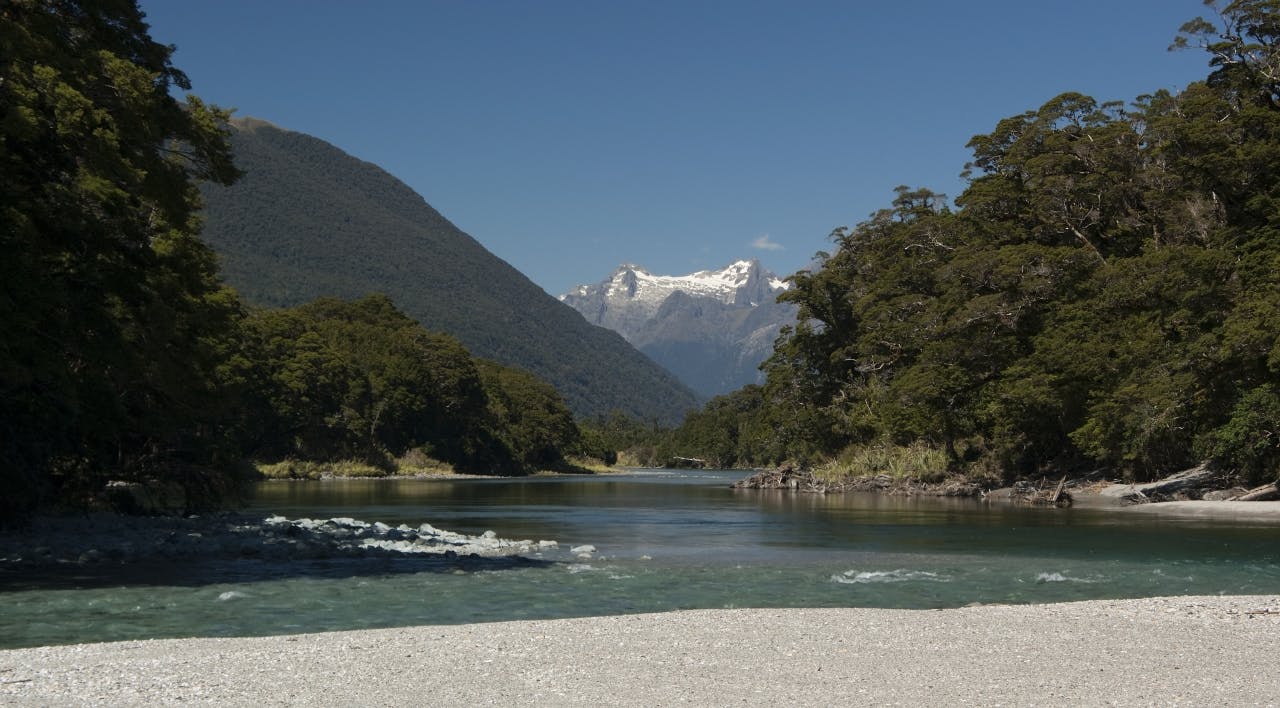Would a road from Haast to Hollyford be a financial masterpiece bringing the tourist dollar to West Coast and Southland, or would it be a wiggly line of wilderness destruction that would leave rate payers picking up the pieces and trampers rueing what they once had? Matthew Pike investigates
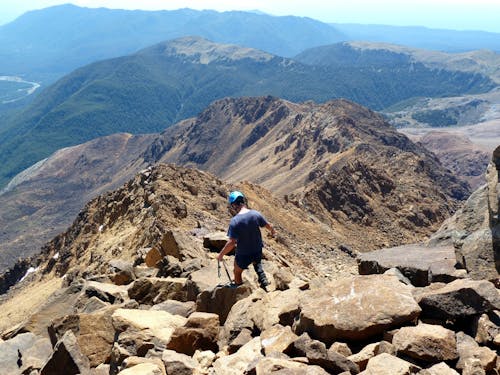
Proposed route: The proposed Haast-Hollyford Road would pass through two magnificent and remote river valleys: the Hollyford and Pyke
Fiordland seems to be the place for a battle. In the last 12 months there have been heated debates and campaigns regarding the Routeburn Tunnel and the Snowdon Forest monorail. Now an old issue has rebounded to the fore once more, only this time with financial firepower.
For more than a century there have been murmurings about placing a road linking Haast in Westland to the Hollyford Road in Southland. The road would shorten the trip from Haast to Milford Sound by 355km and create a round-trip for visitors wishing to see Queenstown and Fiordland. At one time, the road was regarded as inevitable, and, even to this day, support for the Haast Hollyford Highway has never gone away.
When the Haast Pass was completed in the 1960s, the Prime Minister of the time Keith Holyoake said he’d be returning in 10 years to open the Haast-Hollyford Road. And over the years the idea has received support from various figures of authority.
But despite several attempts to start building, lack of funding and the Second World War prevented any plans being followed through (building had actually started when war broke out).
Now the campaign has financial backing from Chinese investors for the road, which would follow the path of the Hollyford Track for the first 15km or so, before veering right along the Pyke Big River Track, passing lakes Alabaster/Wawahi Waka and Wilmot. It would pass the Red Hills and eventually join Jackson River Road at Cascade River.
Supporters say financial backing would mean tax payers wouldn’t need to pay a penny for the construction. Instead, those using the road would pay a toll that, at the latest estimate, would be $35 per person – a significantly higher sum than the $20 previously quoted.
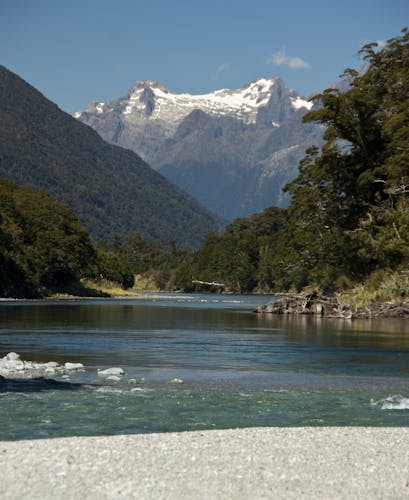
Pyke River: The road would run alongside the remote Pyke River
Durham Havill, chairman of Haast Hollyford Highway Ltd, a company set up to promote the road and own and acquire the consents needed, believes people would pay the money. “It’s a small amount to pay and the benefit of saving fuel is a no brainer – you’ve got to go that way.”
Havill believes if all goes to plan, the first vehicles will drive the route in six years’ time and says the investors’ engineers have tallied construction costs at $230million and maintenance costs would be $5million per year – all costs he says Chinese investor Xinjang Beixin would be prepared to pay. After 30 years, management of the road would be transferred to Westland and Southland district councils.
But FMC president Robin McNeill believes the costs are vastly underestimated. “The road is a nuts idea that belongs in the 19th century. It’s hard to take the economics of it seriously. We’ve talked to civil engineers who are talking more like $1-1.5billion for building the road.
“I’m sticking to this figure until Havill can provide a breakdown of his proposal with credible, itemised costing, rather than just saying his engineers are better than mine.”
Havill doesn’t have breakdown costs of the engineers’ report but says he trusts their judgement. “The investors will have their own engineers and they will have built roads all around the world,” he argues. “The whole job’s been done properly. The investors are putting their money on the line.
“If for any reason it wasn’t completed I’m sure Southland and Westland would be happy to finish that bit off and collect the revenue for the next 30 years as well. But these people build around the world and they’re confident with the costing – they understand the terrain.”
Forest and Bird’s (F&B) Kevin Hackwell also questions Havill’s sums. He’s been fighting the idea of a road for more than a decade and is now keen to end the debate.
“I want to put this to bed once and for all,” he says. “Let’s acknowledge how expensive it is – the people who build and maintain the roads would make money and a few people with hotels may benefit., but no-one else would. And the cost would be f
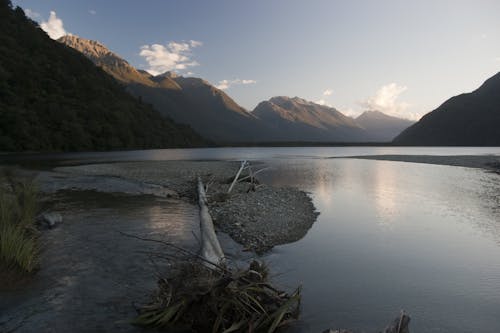
Lake Wilmot: If the road is built it would be the end of the Pyke Big River Track, which runs alongside Lake Wilmot and the Pyke River
ully on the taxpayer if the investor went bankrupt or, if it’s a public-private partnership, tax payers would pay to maintain it.
“If an overseas investor is prepared to invest money into a scheme that will lose money, you have to ask what the true motive is. My guess is they don’t really want access to the Milford, they want access to the Red Hills which has a high concentration of minerals and offers large mining opportunities. I think that’s the real agenda.”
This is an accusation Havill denies. “He’s a dreamer,” he says of Hackwell. “They all say things like this and look at those angles.
“We have nothing to do with that and never will. The Red Hills have asbestos in them and no-one wants to know about that now.
“This is a tourist and toll road. We have no intention of mining the Red Hills – we’d never even thought of it. We just want to get people to the West Coast and Southland. It’s a logical road that’s been talked about since 1880.”
It’s the economic benefits that Southland mayor Gary Tong is keen to embrace. He sees the road as a chance to lift some of the poorer communities in the region.
“My personal view is that a highway would be a great idea,” he says. “I saw the Haast road built when I was a kid and saw what it did for the local towns.
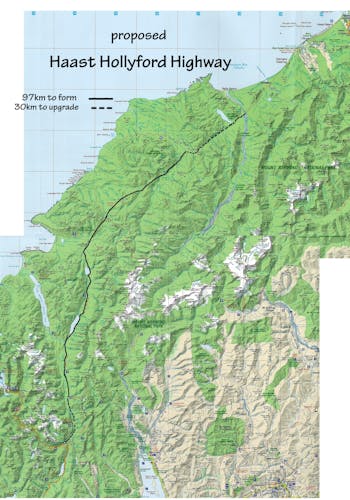 “There are thousands of hectares of conservation land and national parks. I’m a ‘greenie’ but I’d love to see our economy floating. I want to see smaller towns being vibrant and active, rather than having dead shops with boarded up windows. I want Southland and the West Coast to have smiling, happy people.”
“There are thousands of hectares of conservation land and national parks. I’m a ‘greenie’ but I’d love to see our economy floating. I want to see smaller towns being vibrant and active, rather than having dead shops with boarded up windows. I want Southland and the West Coast to have smiling, happy people.”
So, how would the road affect the environment and the tramper experience? The latest plans suggest it would cut into the first section of the Hollyford Track, walked by around 2500 people each year, before veering right on to the Pyke Big River Track – a less travelled route used by around 500 each year. Other than that, the land is mostly wild beech forest with little in the way of human contact.
For the FMC’s Robin McNeill, it’s a wilderness we don’t want to lose.
“There are a lot of front country attractions in Southland, such as Milford Sound and plenty of day walks,” says McNeill. “Then there are longer trips, such as the Routeburn, and tough tracks such as Dusky Track. But at the other end of the scale there are wilderness areas – and not many of them – with no structures, tracks or amenities. Why should the people who cherish these areas be less important?
“I can live with the Routeburn being turned into a hardened road, but why should wilderness trampers give up everything that’s special to them?
“The whole region is considered el primo tramping. It’s where you go to test yourself and, on top of that, the scenery’s spectacular. The road would mean good night nurse to the Hollyford Track.”
F&B’s Kevin Hackwell agrees that the region has the special quality of wilderness that’s achievable for your average tramper. “There is a lot of wilderness in that part of the country but most of it is inaccessible. This region is very flat by comparison to what you experience in Fiordland – you can actually walk in that area, down the Hollyford Valley and along the coast.
“Ecologically, the road would bring in pests and weeds, cut through stunning lowland forest and wetland and would affect untouched lakes. Accidents that are unavoidable, such as fuel spills, would be inevitable, there would be run-off from the road – all sorts of issues that would destroy the wilderness values.”
But Havill argues that we should look beyond the effects on trampers and give others the chance to see this landscape. “We have to also cater for people who will never see this environment unless there’s a road through it,” he says. “The area we’re talking about – not a dozen people would use that in a year.
“The Red Hills are absolutely magnificent when the sun’s setting – they’re almost crimson and that’s a sight no-one will see unless we put a road through. But it’s not only that – it’s a benefit for tourism.”
The first hurdle Havill needs to jump is to convince the courts that a paper road runs the length of the proposed road. Early maps appear to show this, but the paper road was removed from maps in the 1970s, illegally in Havill’s view. F&B agrees that a paper road does indeed exist but that the proposed road wouldn’t follow its course.
If Havill wins this case, he then plans to get resource consent from the Government which he hopes will be granted within nine months. “We don’t want another Bathurst (Denniston mine) where they went through the courts for several years,” he says. “That doesn’t do anyone any good.”
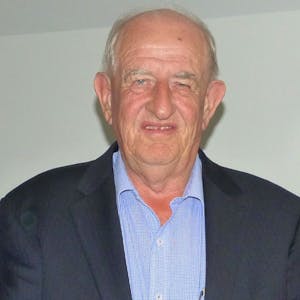 The road is set to be the third wave of development up for discussion in the Fiordland region in recent months after the Routeburn tunnel and the monorail. Campaign group Save Fiordland has been focussing on the first two but may well have another battle on its hands if they choose to oppose it.
The road is set to be the third wave of development up for discussion in the Fiordland region in recent months after the Routeburn tunnel and the monorail. Campaign group Save Fiordland has been focussing on the first two but may well have another battle on its hands if they choose to oppose it.
Many ridicule the road as an absurd idea that could never work and will never happen. But whether you support the idea or loathe it, it’s impossible to ignore it. The fact that the road has never been built despite more than 100 years of trying doesn’t mean permission wouldn’t be granted in future.
The campaign has a certain degree of support, in Southland and Westland at least, and apparently it now has the financial backing required and would take just four years to build. Somewhere in the not too distant future a government minister could well be tasked with making the choice between building a road here or not. It will be a debate of economics, ecology, tourism and the value of wilderness. It’s not going to disappear.





